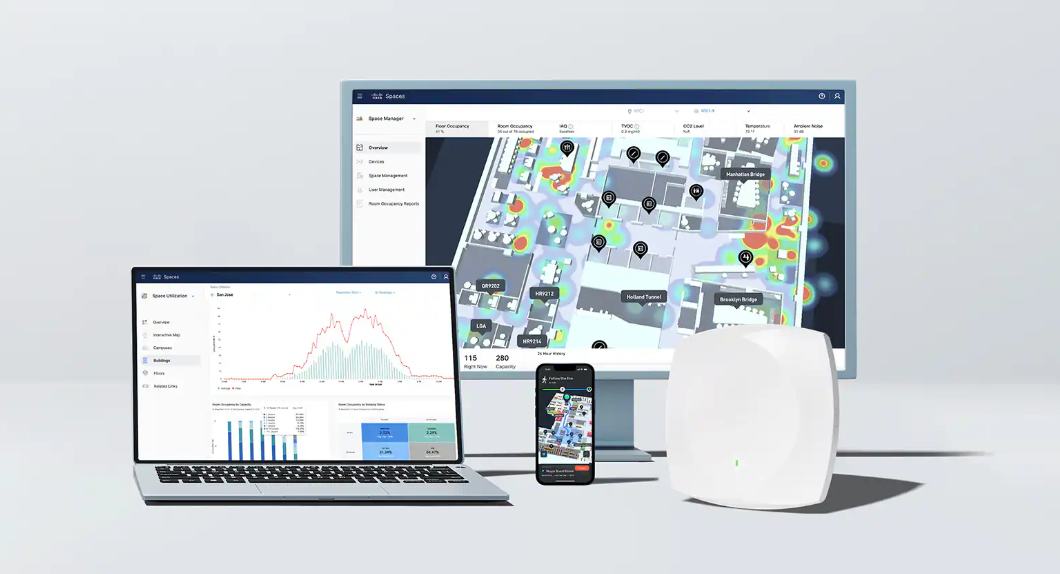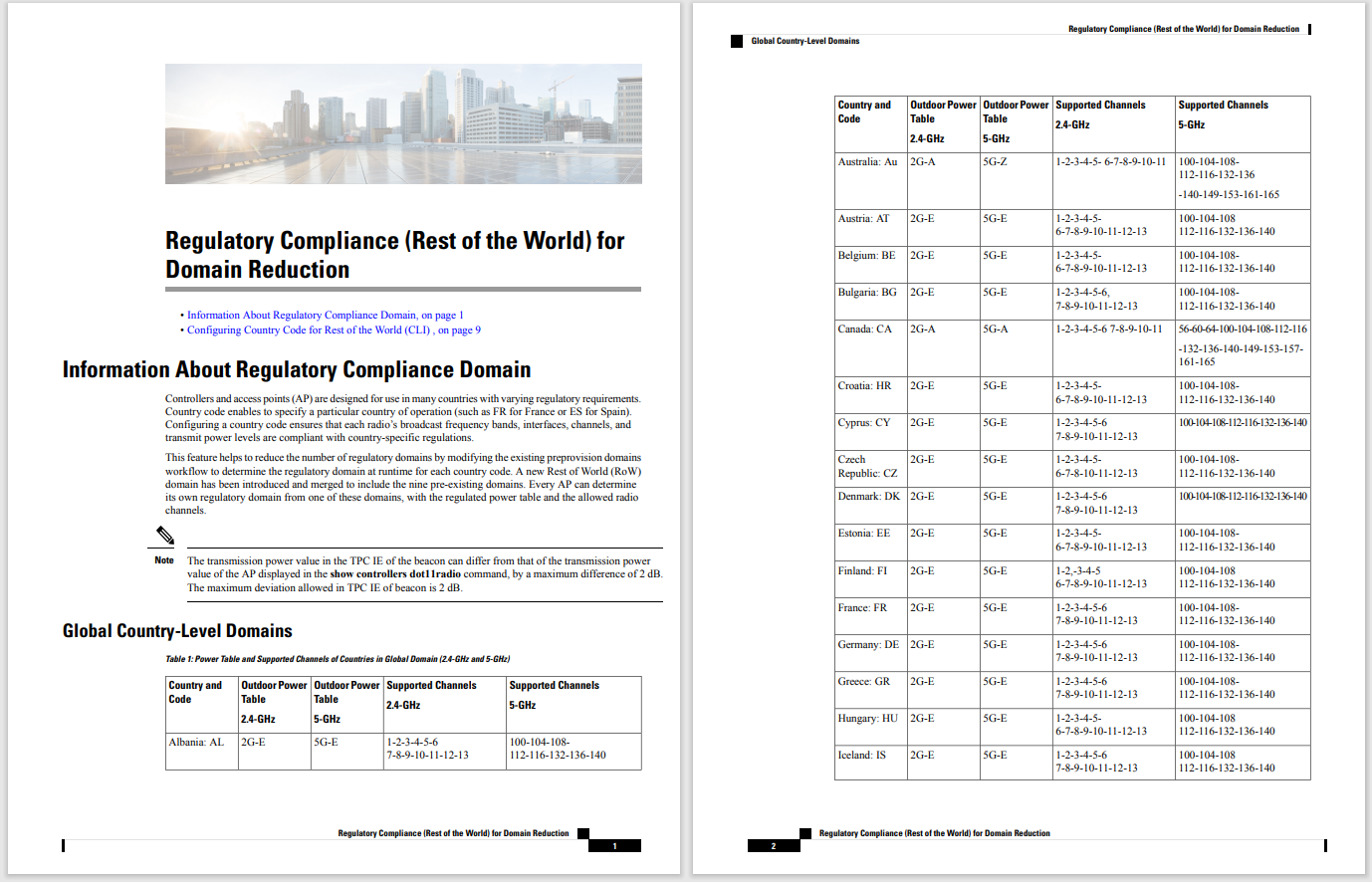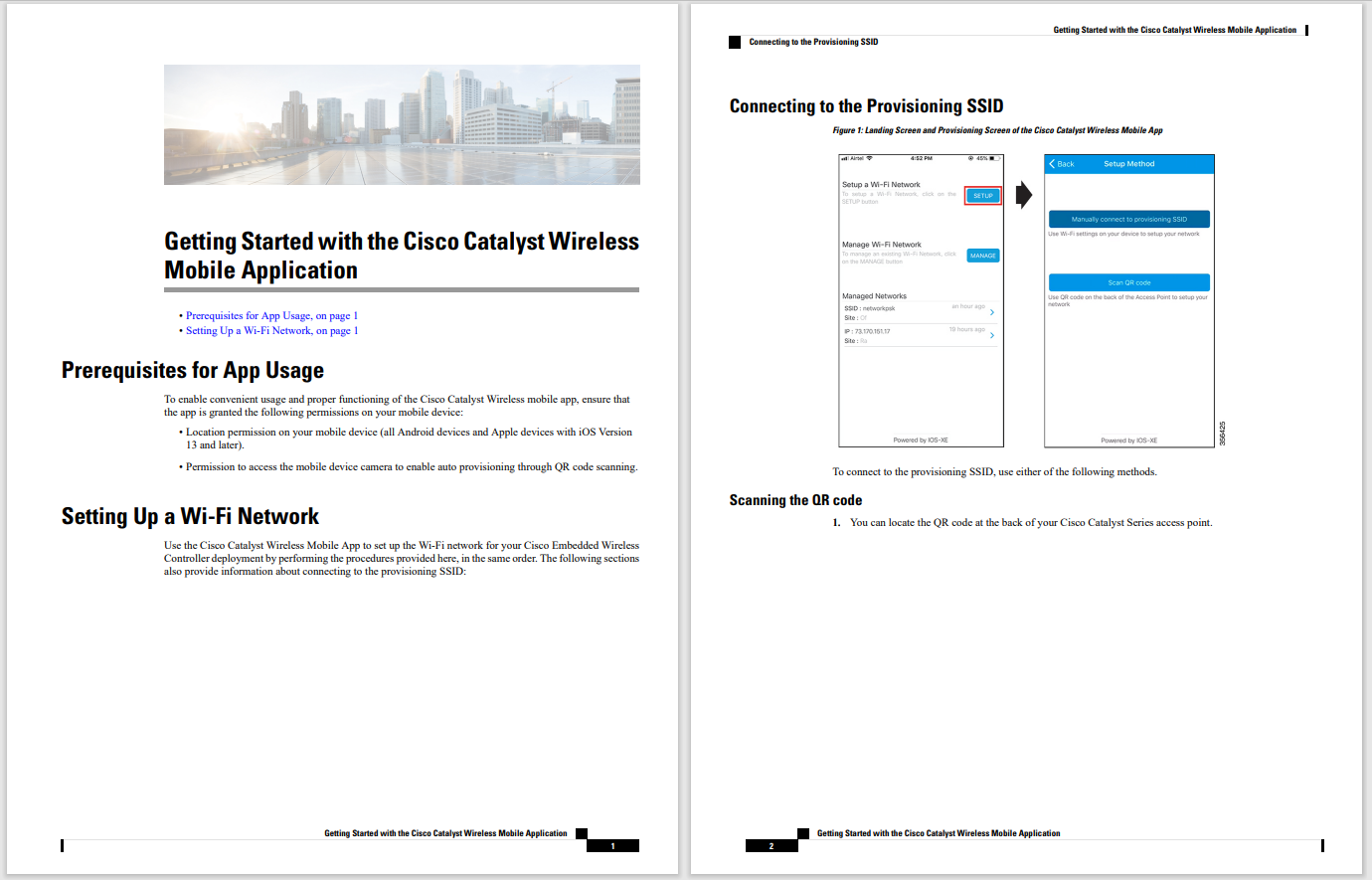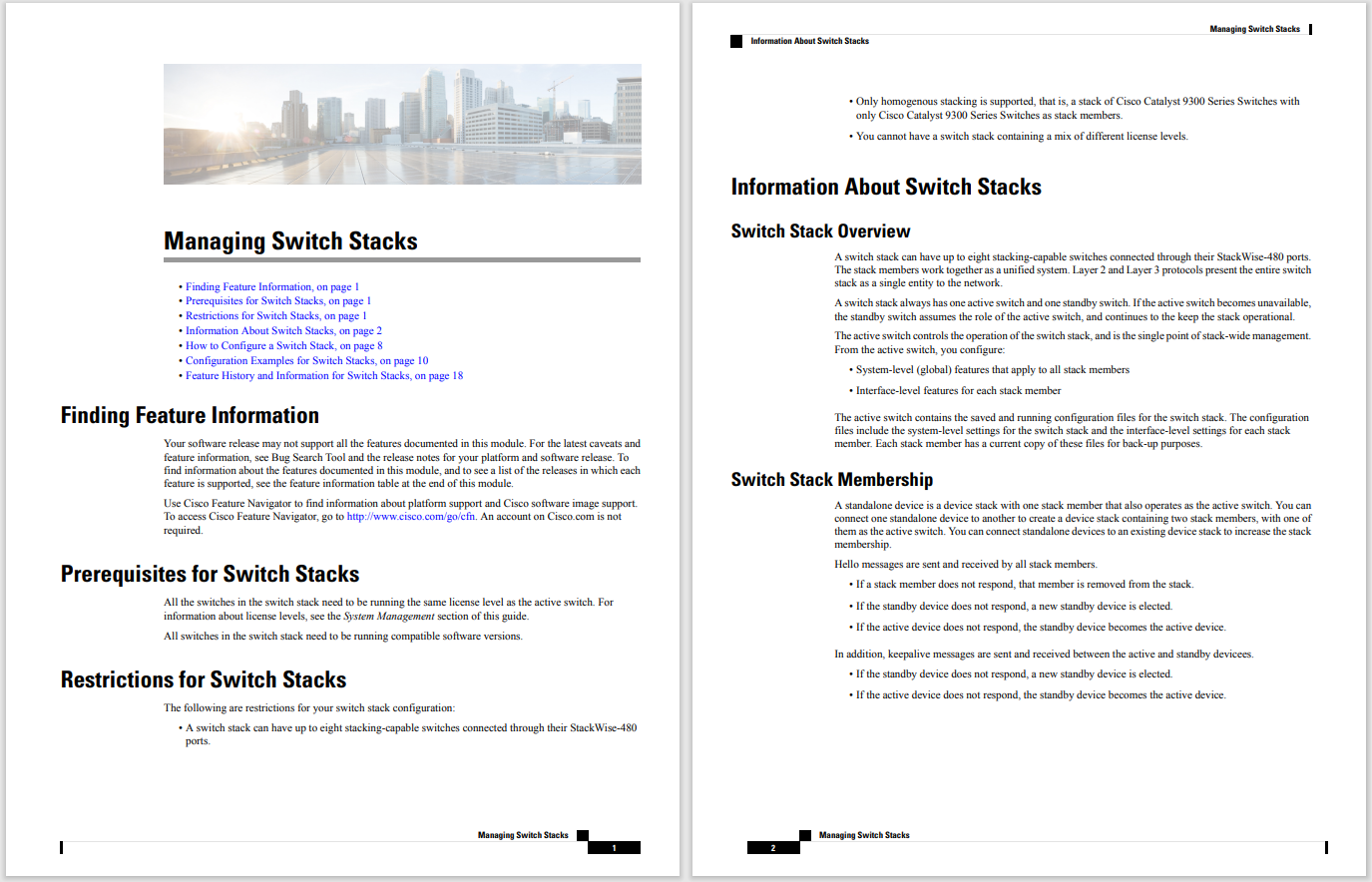































The Intelligent Community Forum just completed its annual summit, which celebrates the Top 7 most intelligent communities in the world. These are the global leaders who have already made investments in broadband and in community building - and who are now looking to see how they can build on those advantages.
This year's theme was innovation and employment, so I was asked to give the keynote presentation on the question of whether innovation destroys jobs and how sub-national governments should respond.
This is a summary. The video of the presentation will be available in a couple of weeks. [Note: there was a foreshadowing of this presentation in my earlier blog post "Are Jobs Disappearing?"]

The current argument that technological innovation is killing jobs has a long tradition, going back to the Luddites. But today we even have that herald of the Internet age, WIRED Magazine, portraying a near term future in which robots do all the work. I pointed out that there is still a lot of work to be done whether or not robots are "on the job", for example curing diseases.
More relevant to the question is whether the new kinds of work that innovation makes possible can be handled if people do not have the skills needed for that work. The need for training is obvious, but my focus was on the need for life-long learning for the adults, rather than the usual investment in K-16 educational institutions. In building a platform for lifelong learning, local governments can draw upon the numerous online resources for learning. Indeed, the local public libraries should be given the task of organizing and making sense of all of these online learning opportunities.
Another, little discussed part of the employment picture is the relative inefficiency of the labor market itself. I suggested that, at least for their own metro areas, these local leaders use or enhance some of the new software that better matches the talents and temperament of their residents to the needs of the economy.
Any discussion of innovation and jobs also needs to provide the big picture, the context of what is happening. So I briefly summarized my work on the future-oriented economy, with its twin trends of (1) a more service-oriented and digital (intangible) work and (2) ever increasing high quality visual communication over the Internet that enhances collaboration among people across the globe.
Among the several implications of these trends is that the nature of work itself is changing. People will still have lots to do, but they will not necessarily be making a living in a traditional 9-5 job at a fixed work location.
Innovation is one word with two forms. One, that Clayton Christensen called "sustaining innovation" is the kind of innovation that does increase productivity so that fewer people are needed to do the work - in other words, jobs decrease. The other is what he calls "disruptive innovation", which can lead to the growth of new industries and companies providing greater income for everyone associated with that growth. Clearly, it is this second kind of innovation that public officials need to encourage.

In an excerpt from Steven Johnson's TED talk on "Where Good Ideas Come From", the audience was reminded that "chance favors the connected mind" and innovation is really a network phenomenon. This is reflected, as well, in the open innovation movement among many corporations and even the US Government.
To accelerate disruptive innovation and the economic opportunities it can generate, local governments need to connect their residents to the global economy, global flow of new ideas and new services.
Successful innovation also requires a supportive culture, including accepting the failures that are part of innovation and experiment. Failure is something that many public officials feel comes with a high price, although the historic success of public sector innovators tells a different story. And, of course, the best path for disruptive innovation is not huge projects that require huge investments, but many smaller experiments. As the saying in Silicon Valley goes: "fail early and fast" to maximize learning from the experience.
For their part, public officials can help build a local culture of innovation by using government itself as a model of innovation. They can even use the experience of being in their city as a continual reminder and inspiration for innovation. I gave some examples of simple, not very costly ways of taking even the less beautiful parts of a city and turning them into exciting, artistic lessons on innovation.
Finally, using the 19th century example of the reaction of different cities to the railroads, I noted that they should not just wait to see what happens with technological innovation. Their decision to lead innovation or not to decide will have long-term consequences.
Stay tuned to view upcoming installations of our Intelligent Community blog series. Click the image below or here to learn more about how others have used mobility to make their communities more intelligent.

 Hot Tags :
21st Century Government
disruptive innovation
economic development
Hot Tags :
21st Century Government
disruptive innovation
economic development